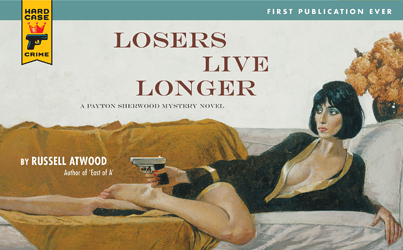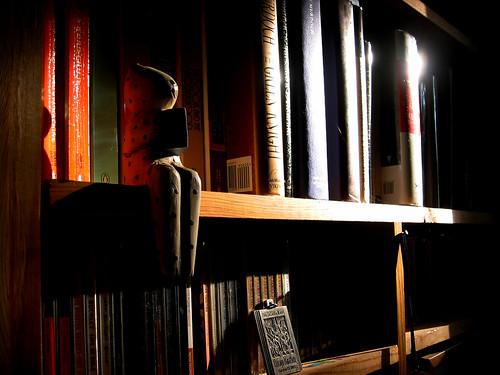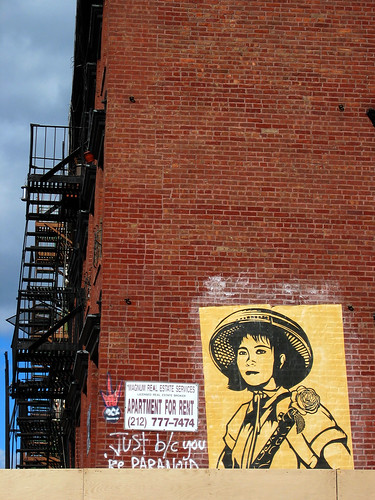1 To enter requires almost no skill beyond typing and Web navigation, at which I presume you're all adept.Meanwhile, the new issue of the Quarterly Conversation will go up right around Labor Day. I've been proofreading articles and reviews this weekend, so I can tell you there's some great stuff therein, including a nice piece bringing together I've Been Reading Lately Favorites Javiar Marias and Proust.
2 The prize, a copy of Zak Smith's Pictures Showing What Happens on Every Page of Thomas Pynchon's Novel "Gravity's Rainbow", is quite a book, stunning to look at even if, like me, you've never found Pynchon to your taste.
And well, now that you've sat through all that obviously promotional folderol, I feel like I ought to give you some sort of bonus. How about this, from Anthony Powell's A Writer's Notebook:
One of the great points about people who have an eye to the main chance is that their interest in one cannot fail to be acceptable, beacuse it is of necessity flattering.Now go enter that contest!





